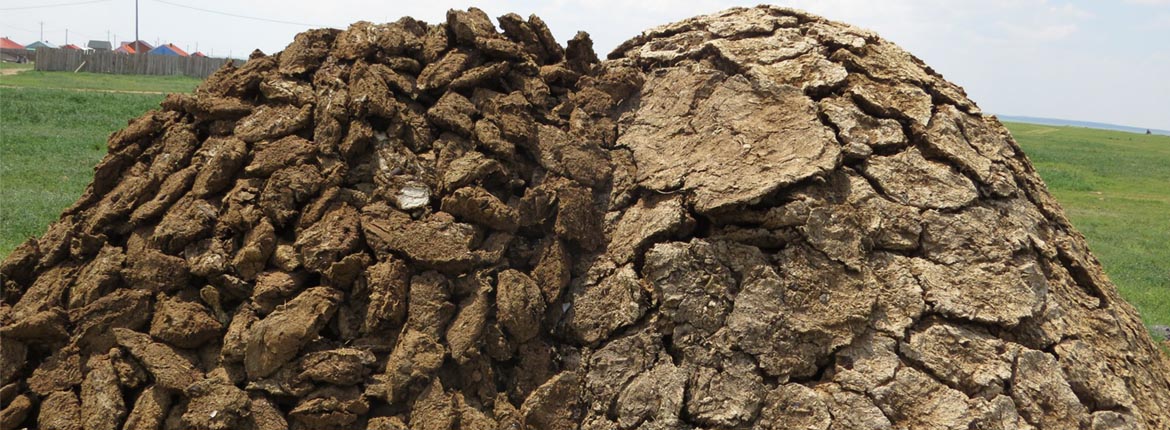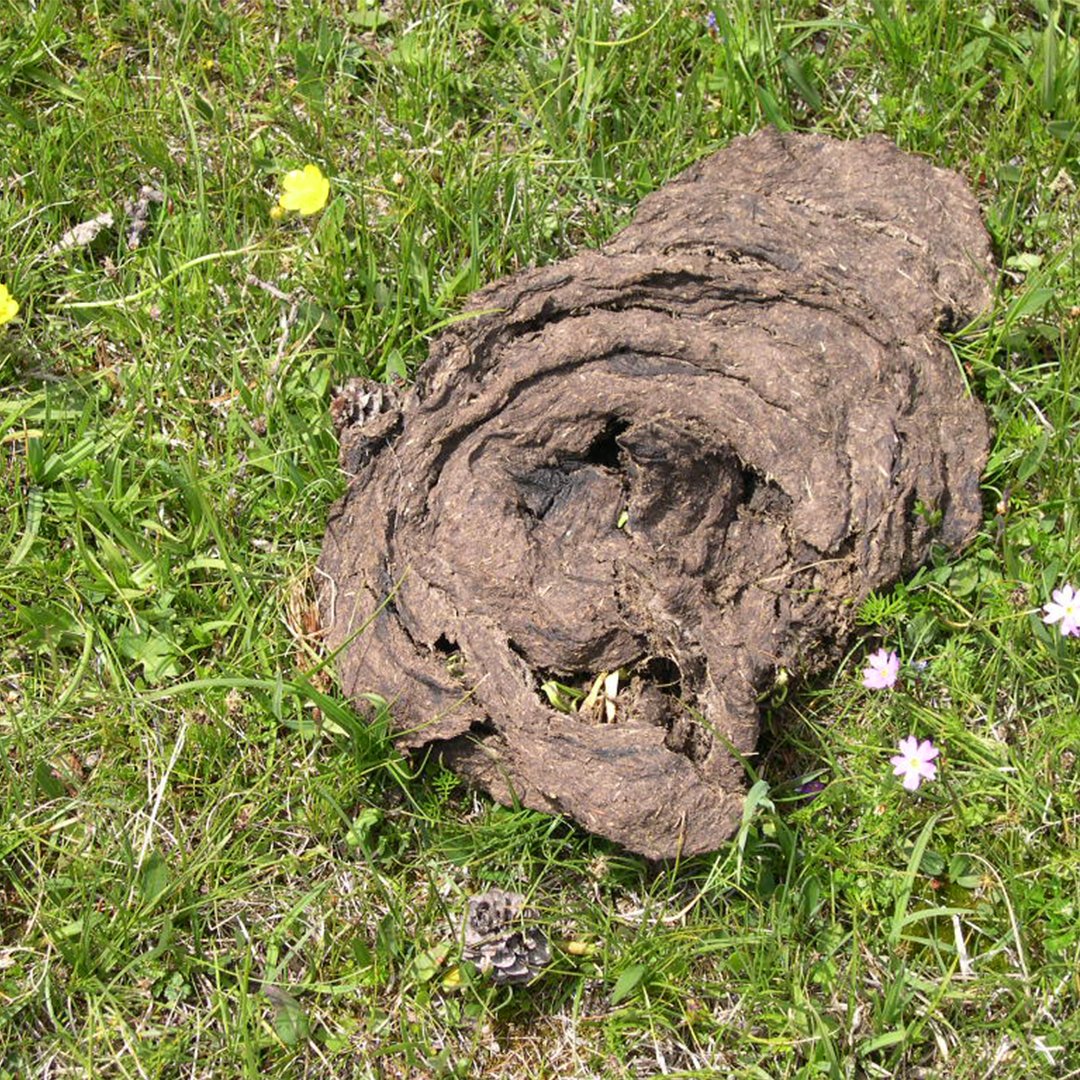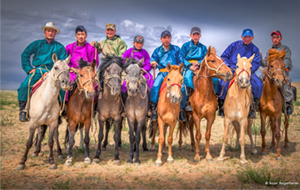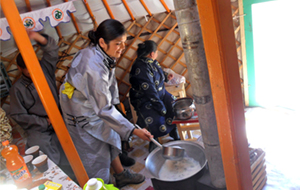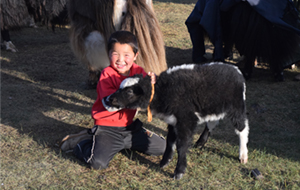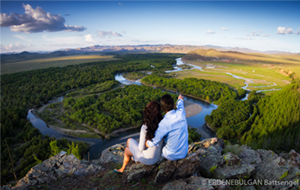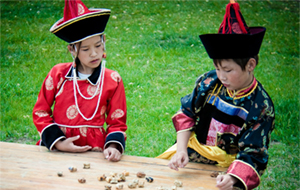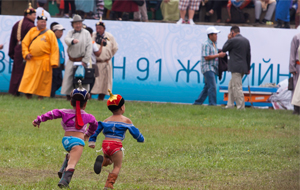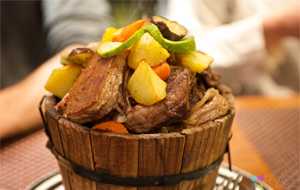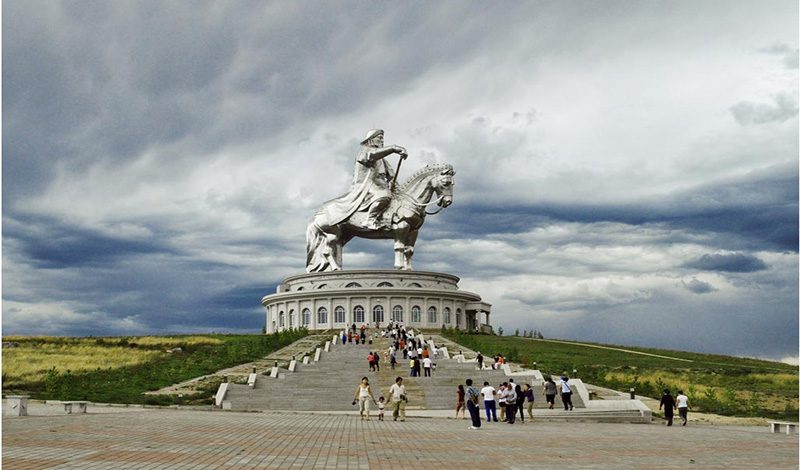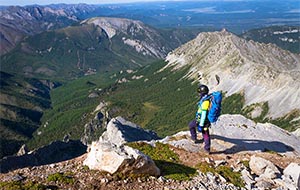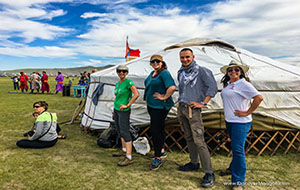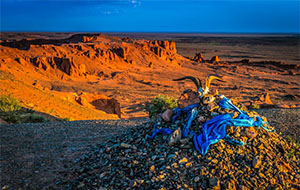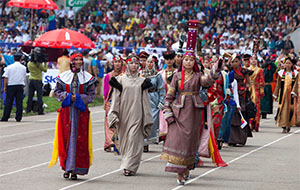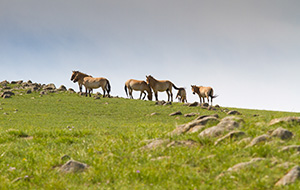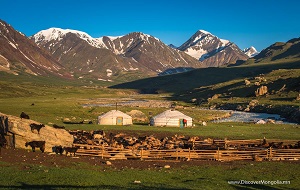When smudging dried dung, the smoke makes bugs go away, also it is believed that it cleanses a space to invite positive energy. Scientists have already discovered the main difference of dried dung from Mongolian livestock. The grassland areas include hundreds of medicinal plants that are effective against certain bacteria.
It is somehow true and sad at the same time that people from the city are becoming unfamiliar with the traditional customs related to the dung. Therefore, Mongolian filmmaker Ts.Densmaa has decided to make her award-winning short film “Argali”. She wanted to show the true beauty of Mongolian culture through her work and was awarded with a special prize named after the Director of the Machida Cultural and International Exchange Foundation at ‘Tsurukawa’ short movie festival, which is annually hosted in Japan.
The movie is 7 minutes long and explains the whole process of how the dung is being prepared to become eco-friendly fuel.

There’s nothing we don’t use from livestock.
Mongolians have been using products from livestock for centuries. International scientists, especially from Japan and India, have done research on dried dung and its usage. Waste from Mongolian grass-fed livestock is different from farm animals raised in other countries. The main reason is, in Mongolia, there are 500 types of medicinal herbs grown naturally.
The usage of dried dung is a seasonal thing. Summertime dung is called yellow dung and people often use this for boiling milk. Dung that has been dried for many years is called black or blue dung and is great to use in cold weather.
A meal cooked on a dried dung tastes different. Delicious!
Any meals or dairy products which are cooked on a hot stove and dung fuel taste a lot different than other cooking methods. Especially when you’re on a trip, dried dung is much easier to carry and burn. Plus, the smoke smells amazing!

Dried dung and Mongolian traditional medicine
Dried dung is not only for fuel purposes but also it has been said that it is beneficial for health and healing. When burning dung, Mongolians believe that the smoke of it cleans both mind and body. If you’re returning from a funeral, you have to fume yourself with burning dung. Before the horse race, people fume their horses. And it is guaranteed that if you fume raw meat with dung smoke, it lasts longer without being rotten, and it makes bugs go away.
The main benefits of Dried dung
- Reduces humidity in a house
- Kills fungus in a room
- Cleans the environment
- Dissolves bugs
- Clears energy blocks
Mongolians have always been fond of their livestock. Organic products from grass-fed livestock is absolutely the biggest part of Mongolian nomadic culture. The body of livestock itself is a treasure for Mongolians. Even the waste is extremely useful. Dried dung that has been dried for more than 3 years is very popular because it makes a good fertilizer and underlining.









